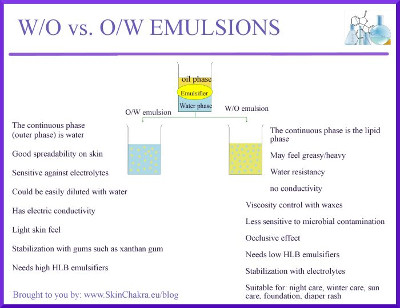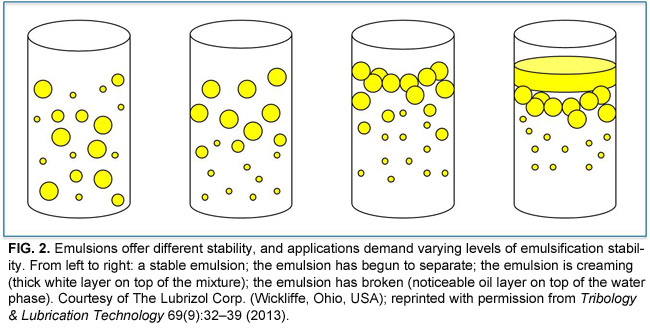

A certain type of emulsifier is added to each emulsion in order to stabilize it based on its HLB value. Hydrophilic−lipophilic balance (HLB) (suggested notably by Griffin) represents the oil and water solubility and indicates the class of emulsifiers. Emulsions are added with emulsifiers (surfactants) at the point of interaction (boundary) of the two immiscible liquids as they are thermodynamically unstable. The average dispersed droplet diameter can vary from 100 nm to 100 μm.

The s-o-w emulsion technique may become beneficial in near future as it has shown to improve the stability and efficacy of the entrapped active ingredient.Īn emulsion is a subtype of colloid having a biphasic system containing two immiscible liquids, one is the dispersed particles (droplets) which is finely and uniformly distributed as globules throughout the second phase, the continuous phase (surrounding liquid). A summary of the results obtained in each study is presented in this article. This article focuses on the various studies done to investigate the effectiveness of formulations prepared as solid-oil-water emulsions in comparison to conventional water-oil-water emulsions. This dispersion was then mixed with water to form a continuous phase for enhancing the drug absorption. In this method, the active ingredient is encapsulated as a solid and added to an oil phase, which formed a solid-oil dispersion.

Thus, a novel “solid-in-oil-in-water” (s-o-w) emulsion system was developed for formulating certain drugs, probiotics, proteins, antibodies, and tannins to overcome these issues. But this method has posed certain problems such as decreased stability, burst release, and low entrapment efficiency. Water (aqueous) phase is commonly used for encapsulating proteins and several other drugs in water-in-oil-in-water (w-o-w) emulsion technique. Various types of emulsions such as water-in-oil (w-o), oil-in-water (o-w), microemulsions, and multiple emulsions are used for delivering certain drugs in the body. An emulsifier is added at the interface of two immiscible liquids to stabilize the thermodynamically unstable emulsion. An emulsion is a biphasic dosage form comprising of dispersed phase containing droplets that are uniformly distributed into a surrounding liquid which forms the continuous phase.


 0 kommentar(er)
0 kommentar(er)
